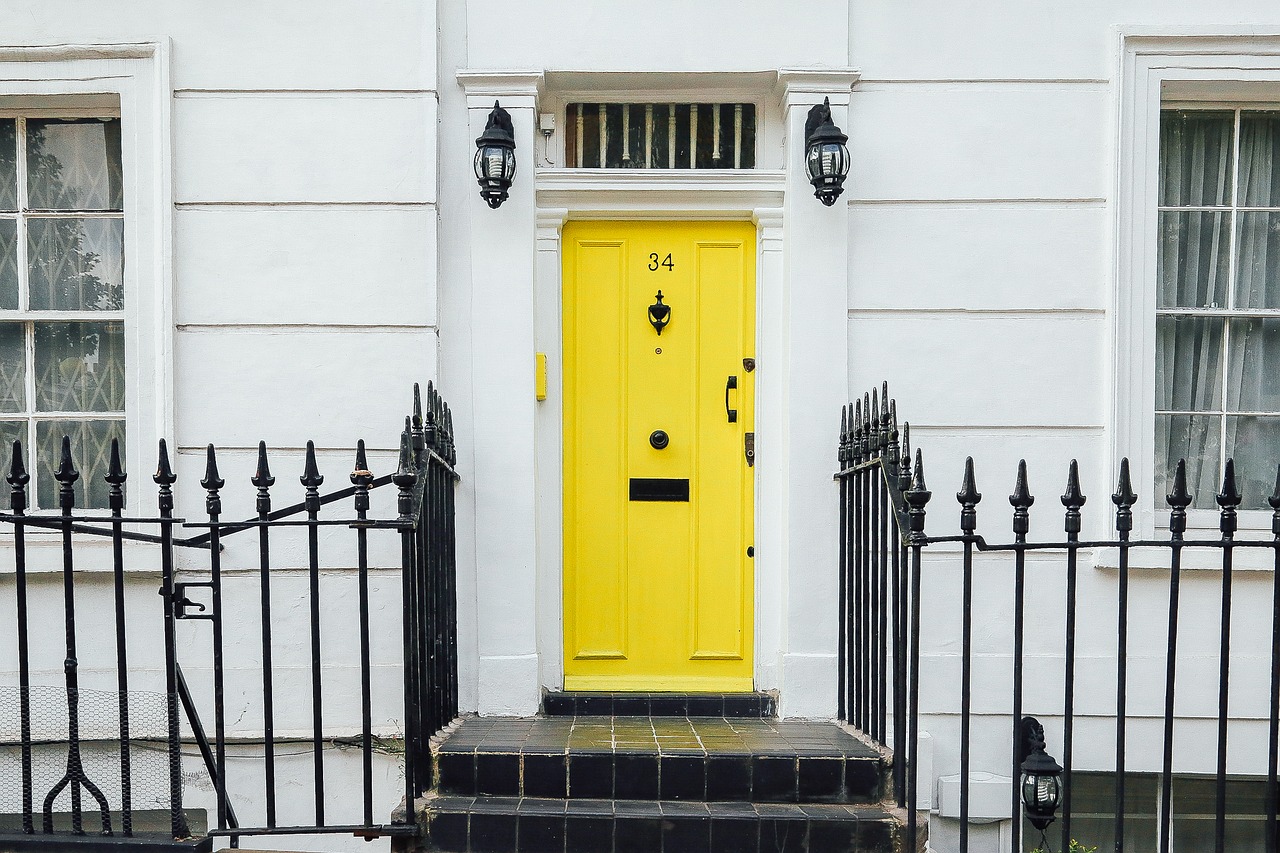 Retiring means taking a reduction in income that can be financially stressful, but only if you allow it to be. If you own your own home, you do not have to live with that stress because you can use the equity in your home to relieve your financial woes. However, doing so with a traditional mortgage presents some problems, including the need to make scheduled mortgage payments. Taking out a reverse mortgage on your home is an entirely different process that may benefit you more during retirement. The reasons why are explained below.
Retiring means taking a reduction in income that can be financially stressful, but only if you allow it to be. If you own your own home, you do not have to live with that stress because you can use the equity in your home to relieve your financial woes. However, doing so with a traditional mortgage presents some problems, including the need to make scheduled mortgage payments. Taking out a reverse mortgage on your home is an entirely different process that may benefit you more during retirement. The reasons why are explained below.
Paying Back a Reverse Mortgage is a Long-Term Process
One of the biggest reverse mortgage benefits is the long-term repayment processes. A standard mortgage requires you to make installment payments to pay down the mortgage. You cannot miss a scheduled payment without risking losing your home. A reverse loan is designed to keep you from owing any money back to your reverse mortgage lender right away. In fact, the total owed is not due for as long as you live in the home, and how long you live in the home is up to you. Therefore, you can control how long you have to pay the balance back.
Qualifying for a Reverse Mortgage is Easy
There are very few requirements to obtain a reverse mortgage. One of the most obvious is you must own your own home and use it as your primary home for it to qualify. The home must also have enough value for a reverse mortgage calculator tool to determine there is enough equity to borrow against. The purpose of a reverse mortgage calculator tool is to gauge the value of your home and make determinations based on federal laws governing reverse mortgage lending limits. If the home is old or in disrepair, its value is affected.
You must also personally qualify for a reverse-mortgage loan. It is only available to you if you are at least 62 years of age. You must also be considered a good risk by your reverse mortgage lender, which means you may be required to pass a credit check. The reason is home ownership and all the responsibilities thereof, such as paying taxes, will remain in your hands for as long as the loan is active.
You Can Select How Your Reverse Mortgage Funds Are Issued and Used
Another reason a reverse mortgage can help you during your retirement is you have a lot of freedom of control over the funds. You can choose how they are issued and the purposes for which you use them, for the most part. For instance, if you want to cover monthly expenses, you can request monthly smaller payments from your lender. However, you can also opt to ask for one large sum or borrow money only when you need it in the exact amounts you need. The latter is called a home equity line of credit.
Spending the money is also a fairly free and unrestricted process. You can use it for fun purposes or to cover retirement essentials, such as medical bills. Few restrictions exist. Although, if you already have a standard mortgage and apply for a reverse loan, one restriction applies. That is an amount equal to the balance on the standard loan is immediately deducted from the money you receive to pay the initial loan off.
Defaulting on a Reverse Mortgage is Difficult
A reverse mortgage is also beneficial because it is hard to default on, but not impossible. Defaulting means not meeting the terms of the loan. Missing a payment is one way to default on a standard loan agreement, but the most common way to default on a reverse mortgage agreement is to move out of your home. Filing for bankruptcy or failing to pay home ownership expenses like taxes can also cause you to default. However, in general, it is much more difficult to default on a reverse mortgage than a standard home mortgage.